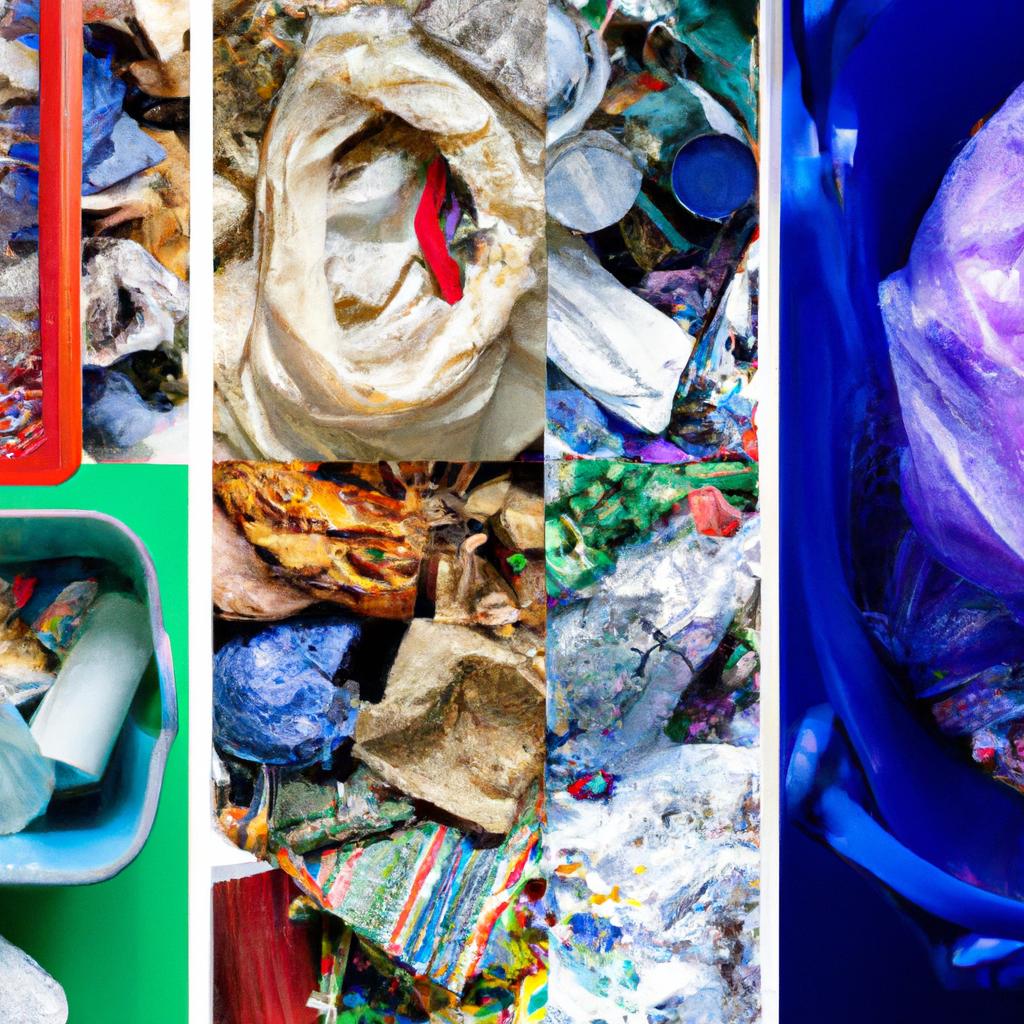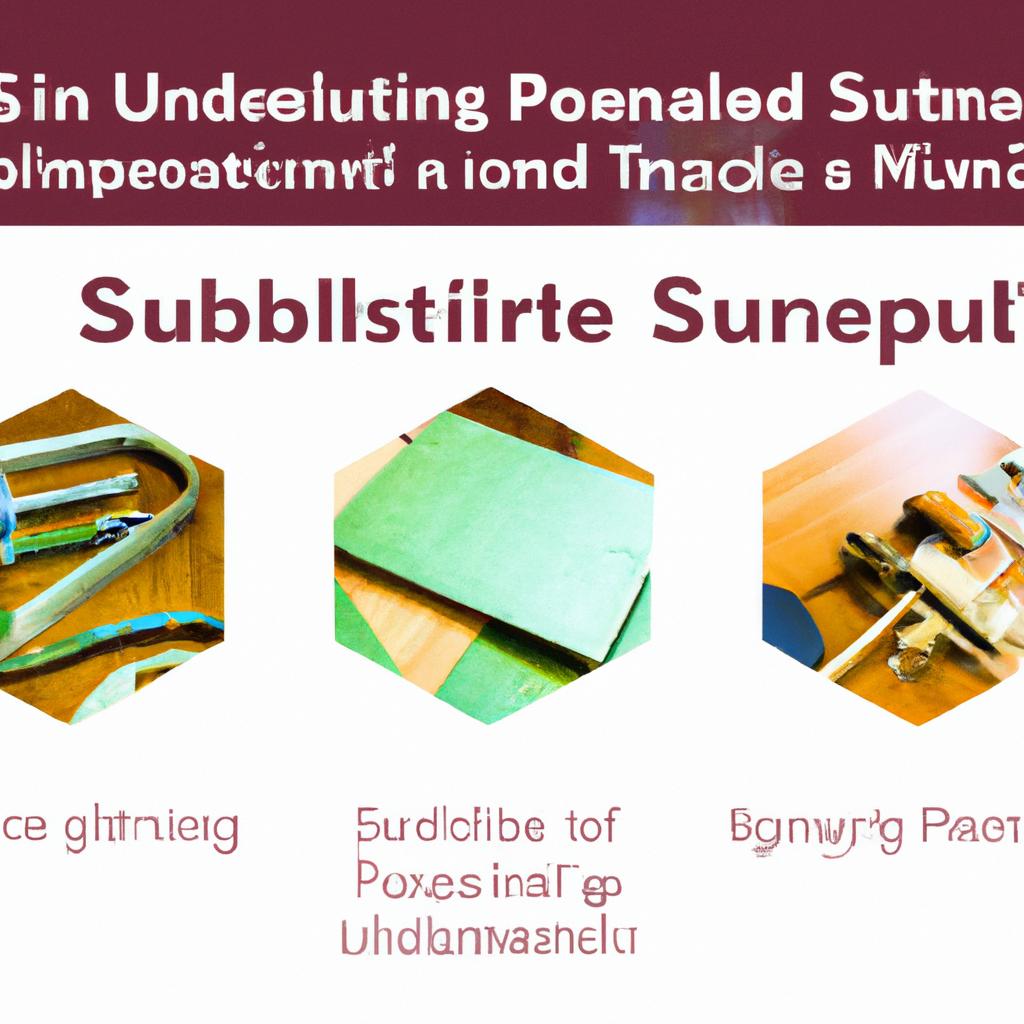Embracing Sustainability: The Case for Repairing, Reusing, and Repurposing Functional Items
In an age where convenience often trumps consideration, the imperative to embrace sustainability has never been clearer. With the world grappling with the consequences of rampant consumerism and environmental degradation, a quiet revolution is brewing—one that champions the principles of repairing, reusing, and repurposing functional items. These time-honored practices not only breathe new life into objects destined for the landfill but also forge a deeper connection to our possessions. As we navigate the complexities of modern living, this article will explore the myriad benefits of adopting a mindset rooted in sustainability, showcasing how small, intentional actions can catalyze significant change. Join us on a journey to rediscover the value in what we already own, and to cultivate a culture that prioritizes preservation over disposability.
Reimagining Value: The Art of Repairing and Reusing Everyday Items
In our fast-paced world, the notion of repairing and reusing has transformed from a necessity into an art form, where the value of everyday items is redefined through creativity and innovation. This shift not only promotes sustainability but also invites us to consider the aesthetic and emotional significance that our possessions hold. The beauty of repairing lies in its ability to breathe new life into old objects, allowing us to:
- Reduce Waste: Every item salvaged diminishes the burden on landfills.
- Spark Creativity: Each repair project becomes a canvas for personal expression.
- Preserve History: Items carry stories that are worth telling and sharing.
Moreover, the act of repurposing can unveil surprising potentials in the mundane. For instance, an old ceramic bowl might find new purpose as a quirky planter, or worn-out jeans could be transformed into a stylish tote bag. This playful approach to everyday items not only fosters ingenuity but also cultivates a deeper connection between us and our belongings.
| Item Type | Repair/Reuse Idea | Benefits |
|---|---|---|
| Ceramic Mug | Turn into a candle holder | Creates ambiance, reduces waste |
| Wooden Pallets | Build a garden planter | Eco-friendly gardening solution |
| Old T-Shirts | Create a quilt | Sentimental keepsake, promotes upcycling |

Sustainable Transformation: Practical Strategies for Repurposing Functional Goods
In today’s world, embracing sustainable practices can significantly reduce waste and conserve resources. Here are some practical strategies to effectively repurpose functional goods:
- Assess Before Discarding: Before throwing something away, evaluate its condition and potential for repair. Simple fixes can extend its life.
- Upcycling Projects: Transform old furniture or household items into new creations. For instance, an old ladder can be reimagined as a bookshelf.
- Community Repair Events: Join or organize local repair cafes where community members can gather to fix items together, sharing skills and tools.
- Donation Initiatives: If an item is no longer needed but still functional, consider donating it to thrift stores or charities to benefit others.
Implementing these strategies not only helps keep items out of landfills but also fosters a creative approach to consumption and resourcefulness.
The Conclusion
In a world increasingly dominated by a culture of disposability, the journey toward sustainability begins with small yet impactful choices. By embracing the principles of repairing, reusing, and repurposing, we not only breathe new life into functional items but also contribute to a more sustainable future for our planet. Each stitch we mend, each item we find a new purpose for, and each moment we choose to reject the quick fix encapsulates a conscious shift in our relationship with material goods.
As we close the chapter on this discussion, let us remember that the act of repair is not merely about fixing items; it is about rekindling the stories and memories intertwined with them. In reimagining what we own, we cultivate a sense of creativity, resourcefulness, and community. Ultimately, embracing sustainability is not just a personal endeavor; it becomes a collective commitment to honor our resources and reduce our ecological footprint.
Together, with patience and innovation, we can transform our environment from one filled with excess to one of mindful consumption—a world where every repaired item signifies a step towards harmony with nature. As we move forward, let us carry this ethos of sustainability into our daily lives, inspiring others to embark on their own journeys of reconditioning and renewal. The power to create a more sustainable future lies in our hands; all we need to do is take that first step.
